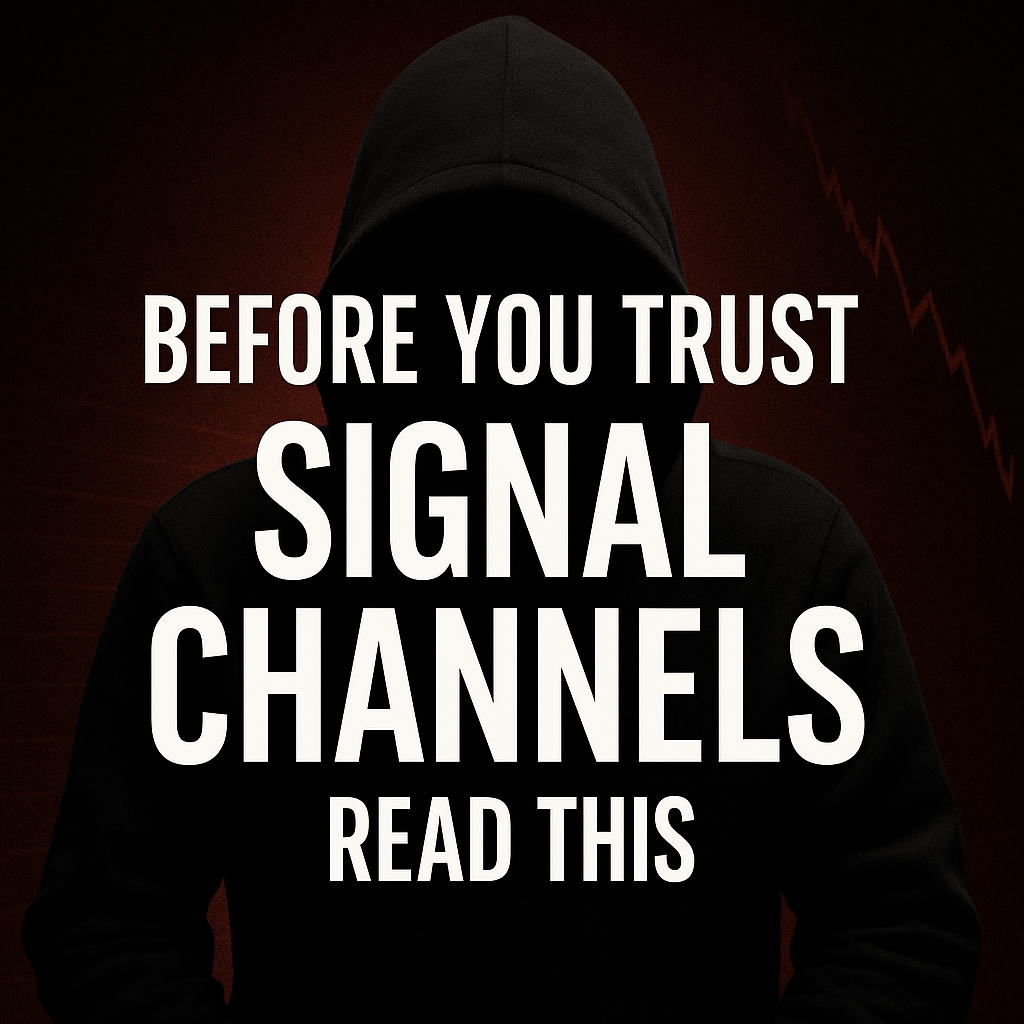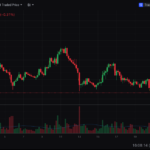Signal channels are everywhere — Telegram groups, Discord servers, even private chatrooms claiming to deliver “high-probability setups” and “insider-level accuracy.”
They promise fast alerts, minimal effort, and consistent profits.
But here’s the truth:
Most signal channels don’t help you trade better. They make you dependent.
Before you follow another “buy now” message, here’s what you should know.
🚩 The Hidden Problems Behind Signal Channels
1. No Context
Most signal messages tell you what to do — but not why.
You rarely see:
- Entry rationale
- Risk-reward logic
- Market conditions
- When to not enter
You’re copying — not understanding.
2. No Accountability
Signal channels highlight wins and bury the losses.
They rarely:
- Track performance openly
- Review bad trades
- Show you full statistics
This creates the illusion of consistency — not actual results.
3. Emotional Trading Trap
Jumping into trades because someone else said “🚀” removes structure from your process.
You begin to rely on alerts, not skill.
That’s how traders stay stuck in beginner mode for years.
✅ What Smart Traders Do Instead
Smart traders might check signal channels, but they always:
- Verify setups with their own system
- Log trades for review
- Use risk management every time
- Adapt to market structure, not just alerts
In short: signals are reference points — not instructions.
💡 So, Should You Leave All Signal Groups?
Not necessarily.
Some are valuable — when they offer:
- Clear chart breakdowns
- Trade journaling
- Risk and stop-loss zones
- Education alongside alerts
If a signal channel doesn’t help you grow, it’s not worth your trust.
📊 Want to Trade With Clarity?
We provide daily structured setups with:
- Entry/exit logic
- Volatility-based strategies
- Visuals, context, and position sizing tips
No hype. No noise. Just structured insight.
👉 Discord
👉 Telegram







